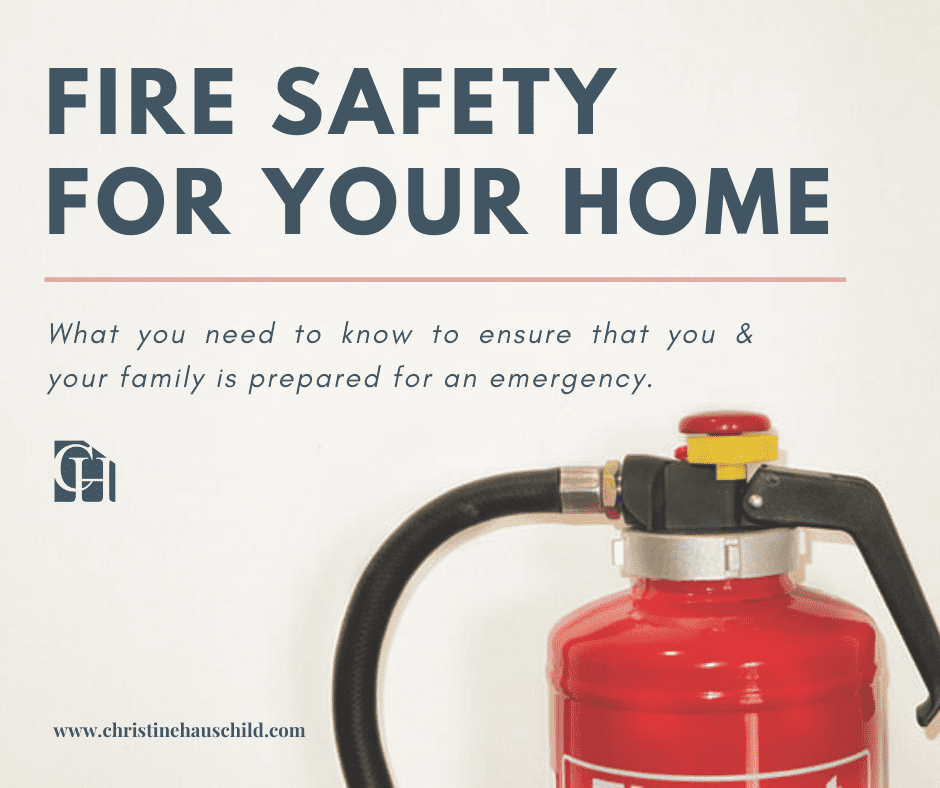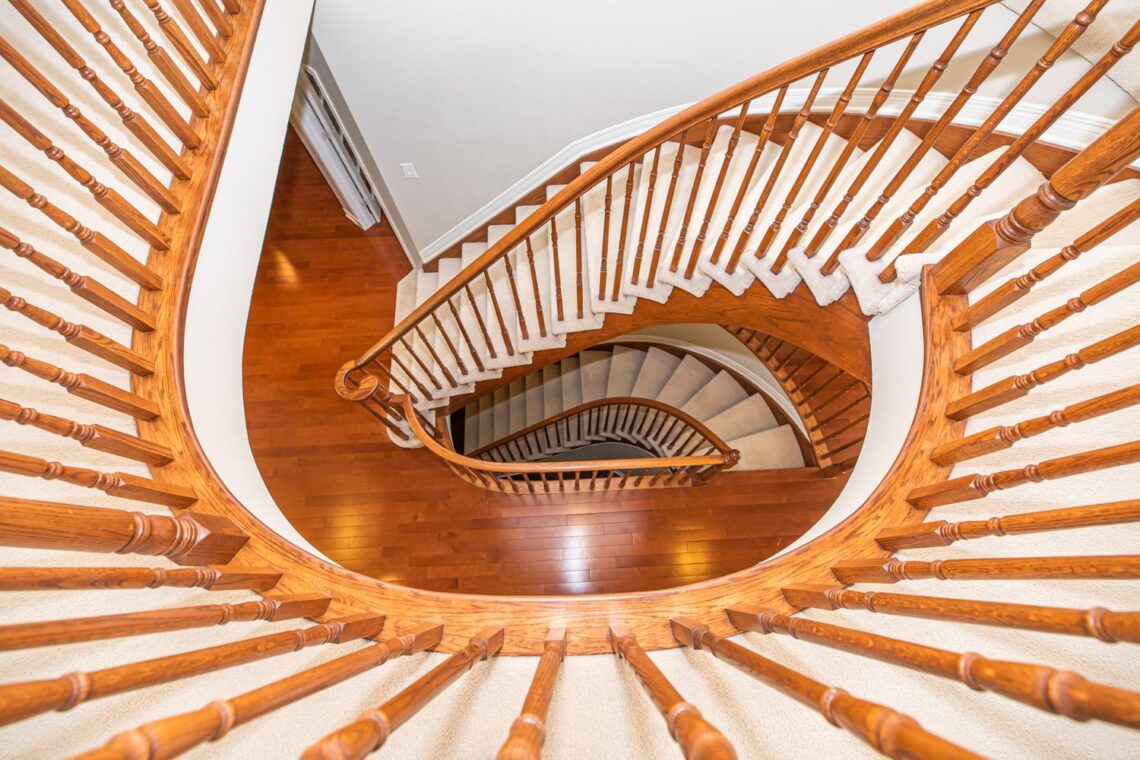It’s probably not something you want to think about, but it could mean the difference between life and death. We’re talking about fire safety. Many homeowner aren’t thinking about fire safety. Here’s what you need to do so you know how to keep your home fire-safe.
Of course, there are few things less fun than imagining your home going up in flames. That said, being prepared could help you prevent disaster from striking—and protect your family if it ever does.
Here’s what you need to know to perform your own home fire-safety audit…
The right equipment
One of the most critical steps you can take is making sure you have appropriate fire-safety equipment in your home—and that it’s all in the right place. Use the following points as a guide.
Smoke detectors
• Test your smoke detectors every month, and replace the batteries regularly. You should also make sure you have enough of them in your home—at least one on each floor, and ideally one outside of every bedroom!
• Know the difference between hard-wired smoke detectors (which all sound at once, providing advanced warning in every area of your home), and battery-powered models (which can be added for additional coverage). You may want to consider using both types.
• Smoke detectors don’t last forever. Check the manufacturer’s instructions to know when yours should be changed.
Carbon monoxide
• Don’t forget about carbon monoxide! If you have a fuel-burning fireplace or a garage that’s connected to your home, you need a warning system for this hazardous gas. It’s also the law, thanks to changes made to the Ontario Fire Code in the last couple of years.
• Carbon monoxide detectors should be placed outside of every bedroom, and it’s best to also place one on every floor.
Fire extinguishers
• Keep fire extinguishers on hand (one on each level is ideal), and know where they are. Choose a globally-recognized brand, and be aware that extinguishers with higher ratings will cover more ground!
Reducing the risk
• Pay attention to your clothes dryer. Your lint trap should be cleaned out each time you use it, and the vents at the back of your dryer should be vacuumed at least once every 6 months.
• Check your appliances—if the cords are frayed or worn out, it’s time to toss them! They should be stored away from sources of water, and high enough so that children can’t reach them.
• For any extension cords in your home, check the manufacturer’s instructions to ensure that you’re using them properly.
• Keep flammable materials (such as aerosol products, paint thinner, and wood finishes) away from heat sources (like electric heaters, fireplaces, and furnaces).
• Keep matches and lighters out of reach. Too many house fires have started because kids were playing with these items!
• If you have a fireplace or a wood stove, make sure to get your chimney professionally inspected before you use it for the season to ensure there are no obstructions. Always use extreme caution when operating a contained fire in your home—and never leave it unattended.
• In the event of a fire in your kitchen involving oil, never (ever) use water to put it out, as this can make it worse. Always keep a fire extinguisher handy, and keep flammable items away from your stove.
In case of a fire
On the off chance that a fire does break out in your home, it’s important to have a plan. Look at your layout, and ensure that there’s more than one way out of every room (including windows). Choose a place where everyone can meet after they’ve evacuated.
Practice makes perfect! Every so often, you should hold a home fire drill to ensure that your family remembers the plan. If your kids are old enough to follow them, provide instruction on how to feel doors for heat before opening them—and tell everyone to stay low to avoid smoke inhalation.
Fire safety may not be a fun topic of conversation, but it’s something every family should discuss. By conducting an audit in your home and taking a few simple steps to reduce your risk, you may be able to prevent a tragedy!
Thinking of selling your home in the not-so-distant future? Get in touch to learn how we can make the process as easy and profitable as possible!






